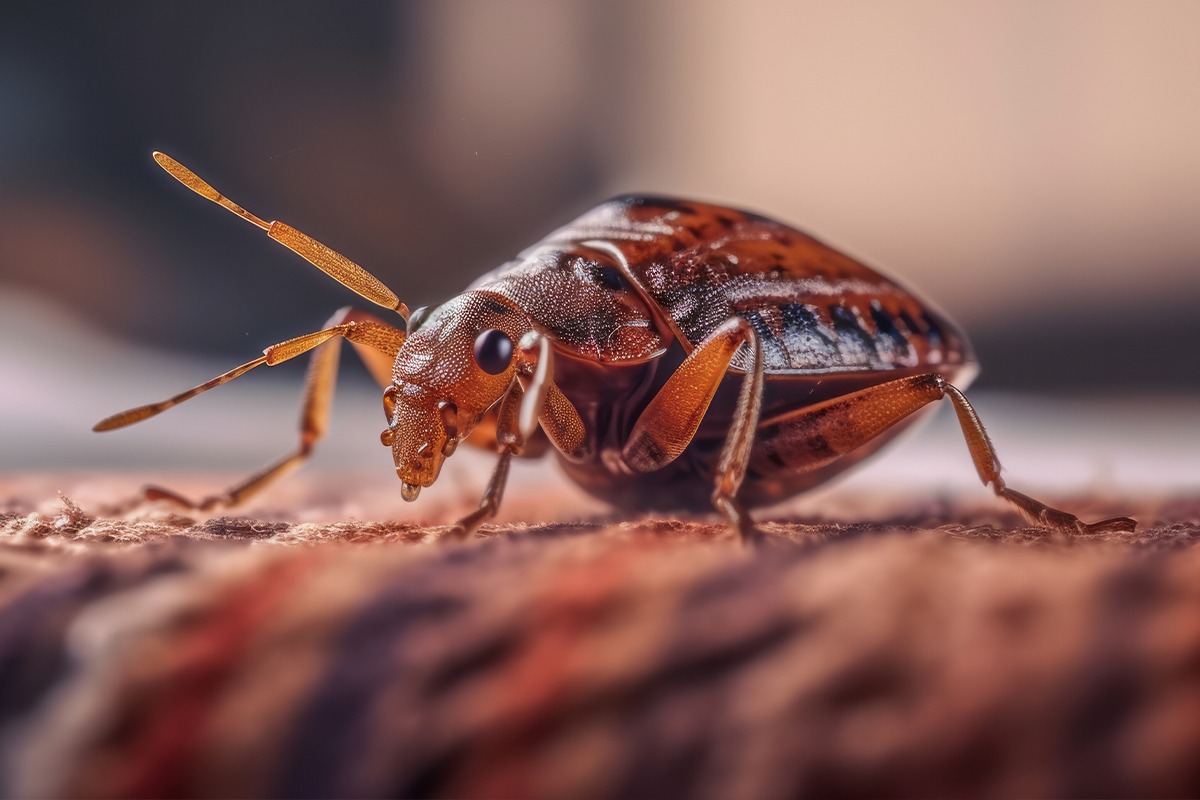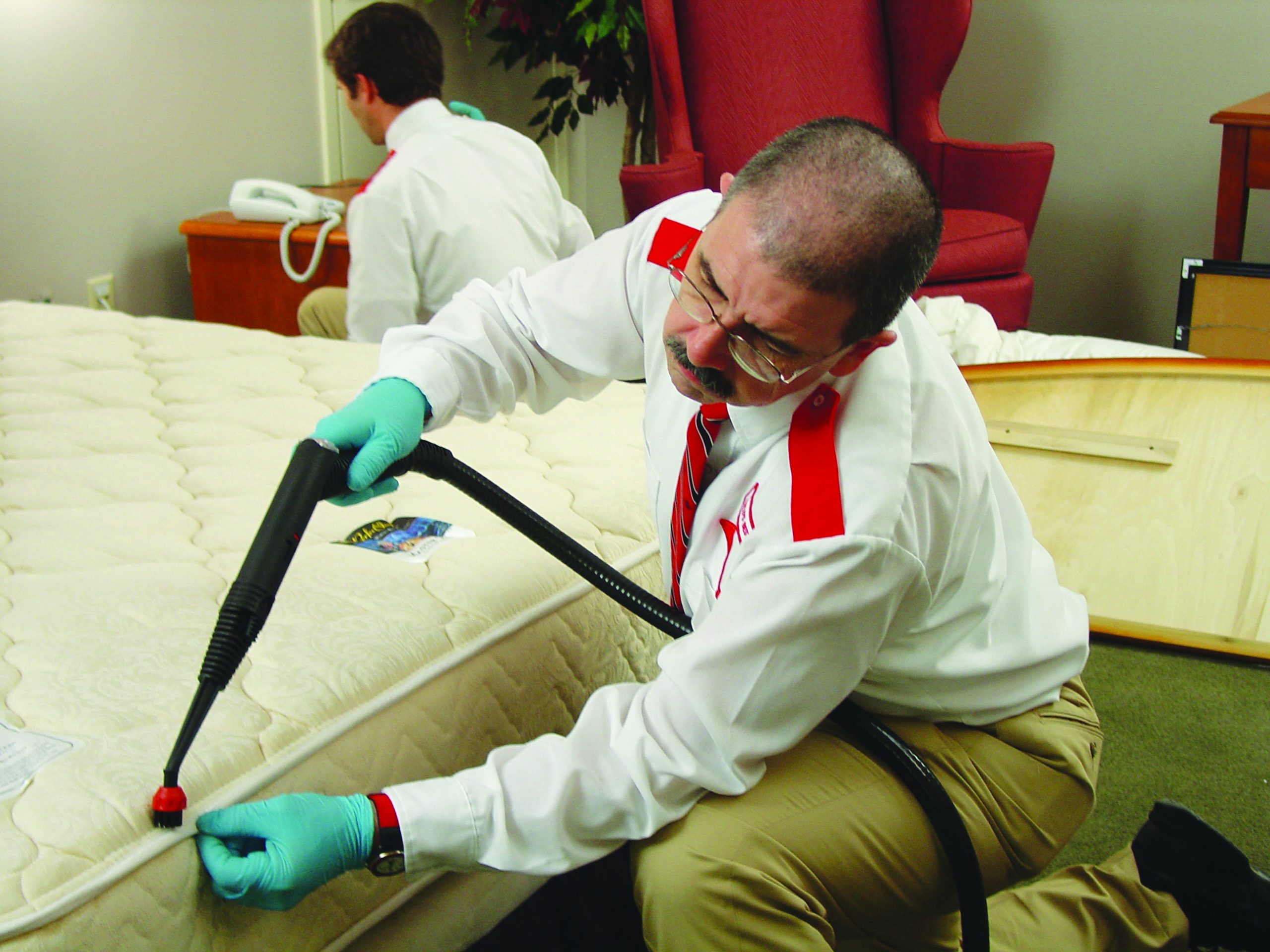Effective Bed Bug Treatment Techniques: A Key Component of Pest Control
The resurgence of bed bug infestations has emphasized the need for reliable treatment methods within the insect control industry. These resilient parasites, with the ability of averting traditional methods, demand a complex strategy that includes both standard and ingenious techniques. Understanding their behavior is critical, as is the execution of innovative innovations and precautionary measures. In spite of the array of alternatives offered, the inquiry stays: what mix of methods proves most reliable in not only getting rid of these bugs but likewise preventing their return? Discovering this complicated problem can lead to even more informed techniques and better end results for those affected.
Recognizing Bed Bug Habits

One of the defining features of bed bugs is their capacity to replicate rapidly. A solitary female can lay thousands of eggs in her lifetime, leading to speedy population development if left untreated. Furthermore, bed insects can survive for numerous months without feeding, permitting them to sustain durations of host lack, which can prevent prompt monitoring initiatives.

Typical Treatment Approaches
While contemporary strategies to bed insect management have actually gained popularity, conventional therapy methods continue to be foundational in resolving infestations. These approaches primarily consist of chemical therapies and physical interventions.
Chemical chemicals, such as pyrethroids and neonicotinoids, have actually been historically used to eliminate bed insects. These materials work by interfering with the nerves of the bugs, leading to their eventual death. However, because of the growth of resistance amongst bed bug populations, performance can differ.
Physical approaches, consisting of heat treatment, have actually additionally been component of traditional methods. This entails elevating the temperature of infested areas to a deadly degree for bed pests, typically around 120 ° F(49 ° C) for sustained periods. This technique is specifically useful as it can penetrate various materials and does not leave chemical residues.
Moreover, detailed cleansing techniques, such as vacuuming and washing infested bedding and clothing, are vital in this technique. Securing fractures and holes, in addition to making use of cushion coverings, can additionally protect against bed pests from developing themselves in living rooms. Jointly, these typical approaches give a critical foundation for taking care of bed pest problems properly.
Modern Advancements in Therapy
The landscape of bed bug treatment has progressed dramatically with the arrival of contemporary innovations that boost effectiveness and performance in managing problems - Bed bug Exterminator. Among the most remarkable developments is the usage of heat therapy, which involves increasing the temperature level of plagued locations to levels deadly to bed pests. This method not just gets rid of adult pests but likewise targets eggs, thus disrupting their reproductive cycle
An additional innovation is the application of innovative monitoring systems, such as bed insect discovery dogs and modern catches outfitted with sensors. These tools aid recognize infestations early, enabling for prompt treatment. Additionally, the advancement of insecticides with unique settings of activity, designed to conquer resistance, makes sure that parasite control experts have efficient choices at their disposal.
Moreover, the assimilation of technology in pest control management, such as data analytics and mobile applications for tracking and reporting invasions, enhances the therapy procedure. These technologies jointly add to even more lasting and reliable bed pest monitoring approaches, mirroring the industry's recurring dedication to boosting parasite control end results. Because of this, both homeowner and insect administration experts can approach infestations with better self-confidence and accuracy.
Preventative Procedures for Invasions
Efficient prevention strategies are crucial in minimizing the threat of bed pest invasions, with positive measures playing a vital duty in securing both property and industrial spaces. Among one of the most efficient tactics is normal assessments of living and job areas, particularly in position where individuals often collect, such as resorts and public transport. Early discovery can substantially decrease the chances of a problem ending up being established.

One more safety net involves the careful inspection of used furnishings and clothes before bringing them right into your area. Using safety encasements on mattresses and box springtimes can likewise offer a reliable obstacle against bed pests.
Finally, educating homeowners and workers about the indicators of bed insect presence, such as little blood stains or dark places on sheets, equips people to act swiftly if they suspect a problem, thus reducing the probability of widespread concerns.
(Pest Control Washington DC)
When to Look For Expert Help
Identifying the indications of a bed bug problem early can make a significant distinction in handling the problem properly. Little, brown bugs, along with corroded stains on bed linens, are signs that should not be ignored. If these signs are noticeable, it is vital to assess the severity of the scenario.
Bed bugs are notoriously durable, and their capacity to conceal in hard-to-reach locations complicates therapy initiatives. If you see that bed pests reappear despite repeated attempts to eradicate them, it may be time to speak with a bug control professional.
Finally, people with allergic reactions or respiratory system concerns need to focus on professional treatment. The chemicals used in pest control can pose health risks otherwise used appropriately. Inevitably, involving a qualified parasite control solution makes sure a detailed and reliable resolution to bed pest issues, protecting your home and health and wellness.
Conclusion
Effective bed pest therapy methods are important in controlling infestations and minimizing their impact. A comprehensive method that incorporates standard techniques with modern technologies improves treatment effectiveness and addresses resistance concerns. Preventative actions and regular inspections play a crucial role in decreasing the probability of infestations. Inevitably, understanding bed insect actions and recognizing when to seek professional help guarantee that reliable administration strategies are used, contributing to lasting insect control success.